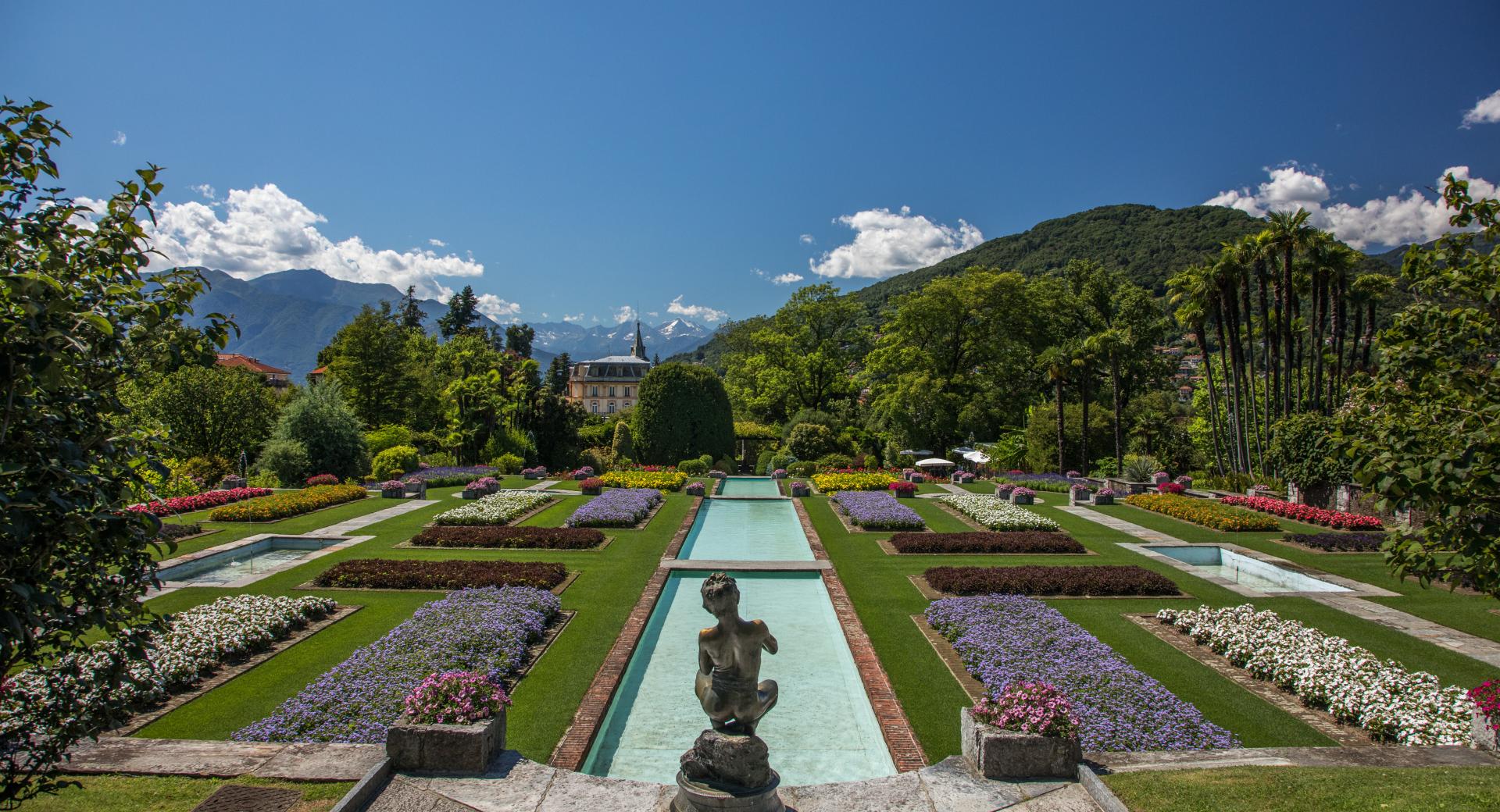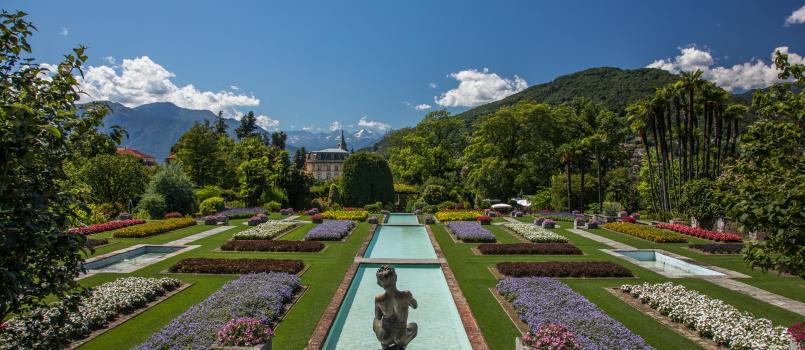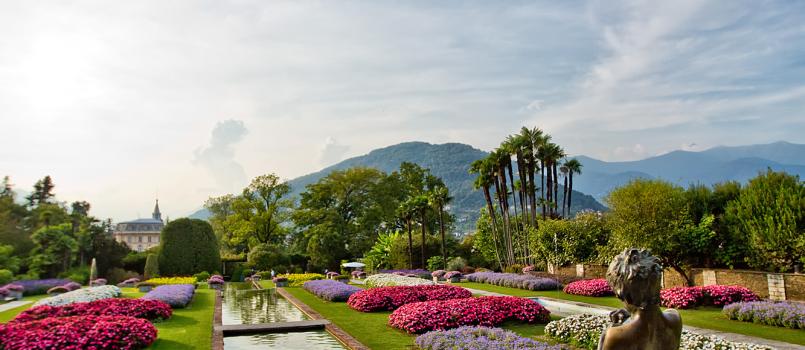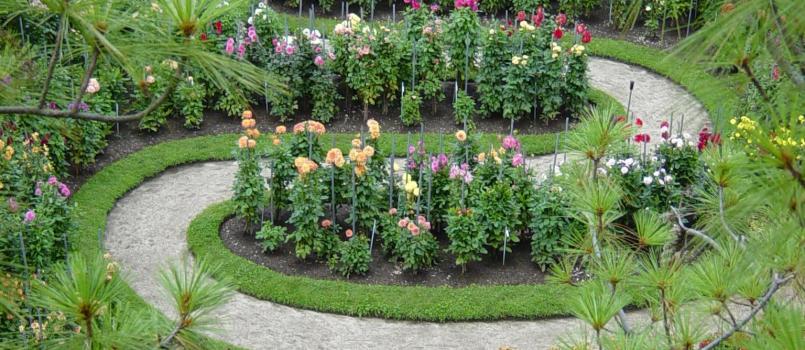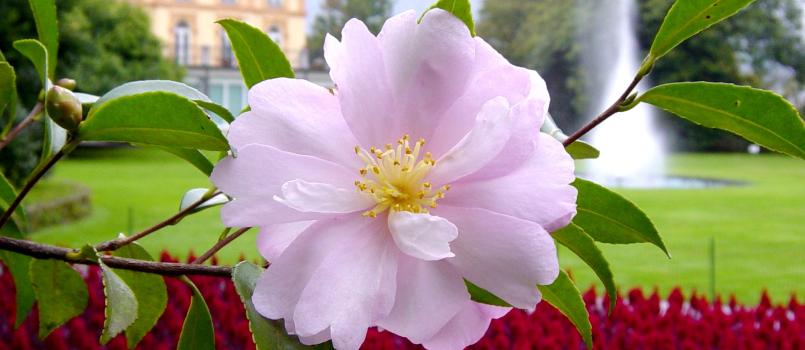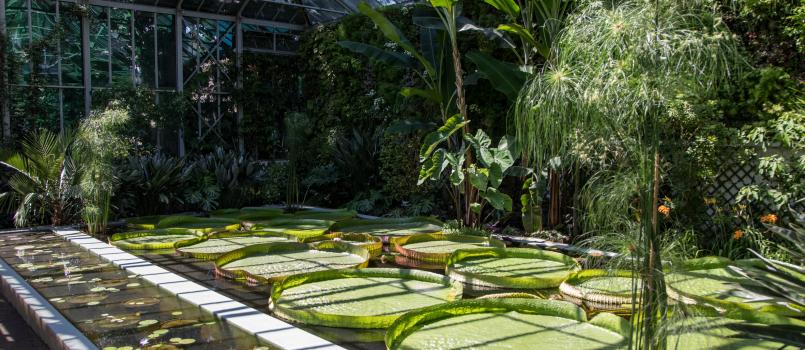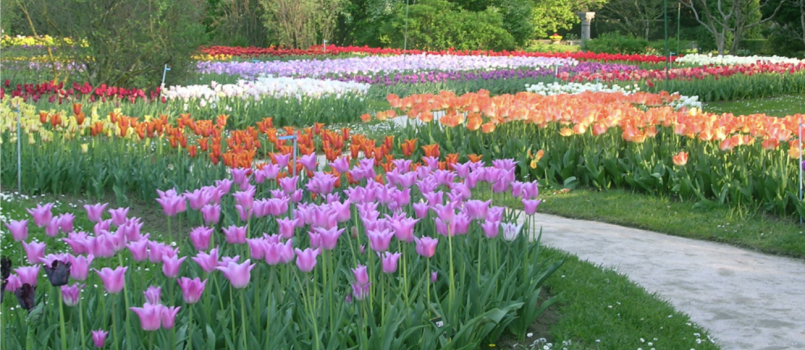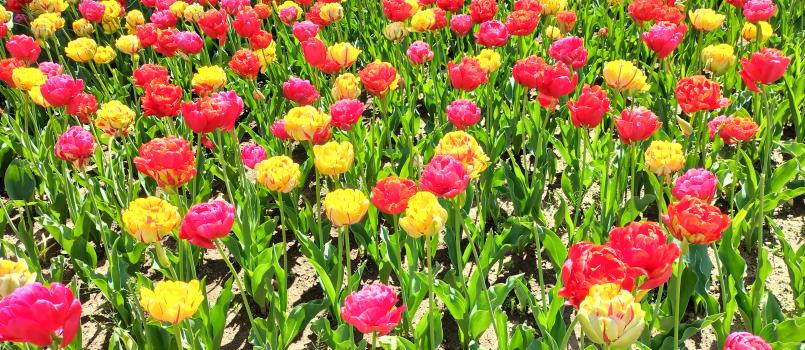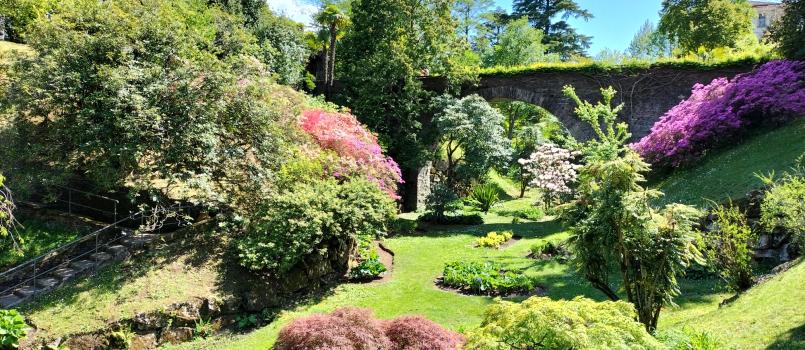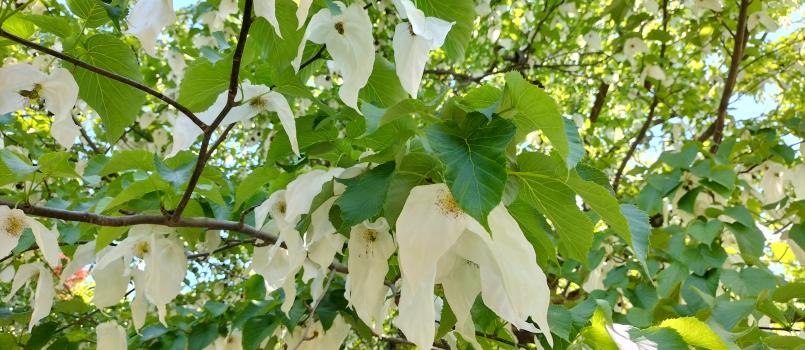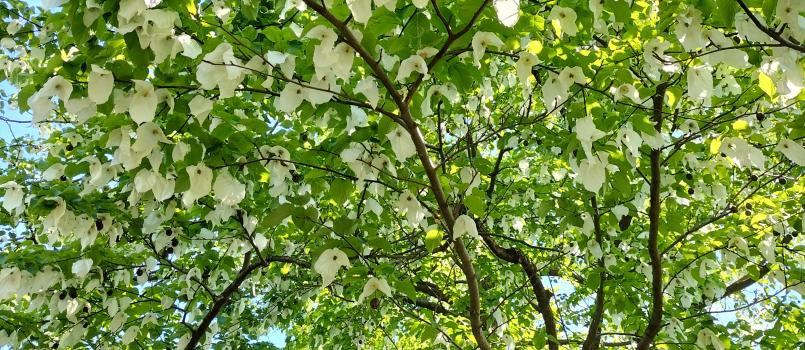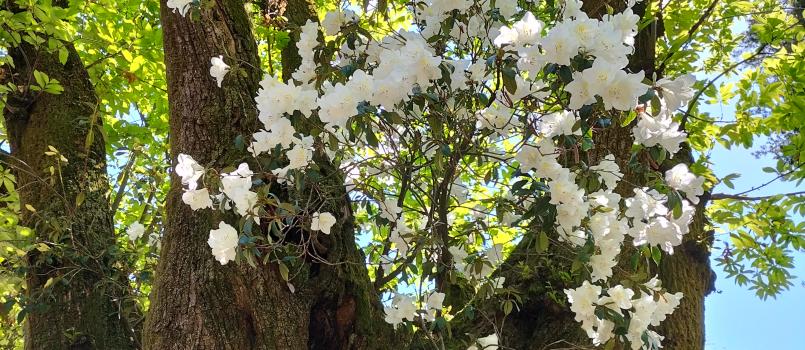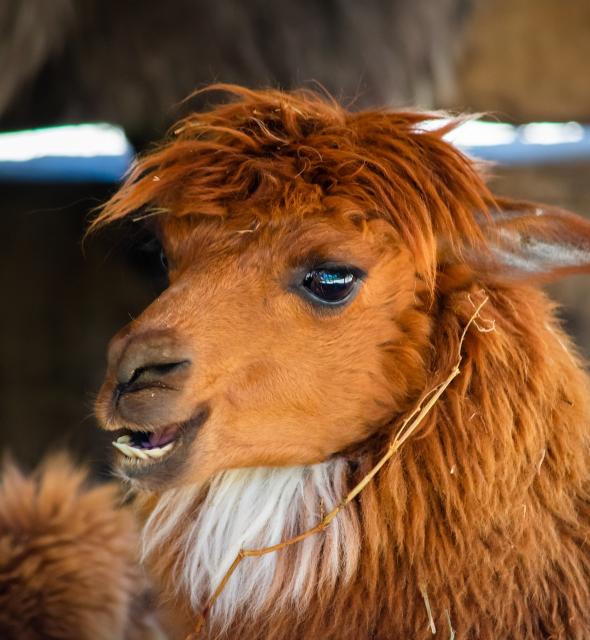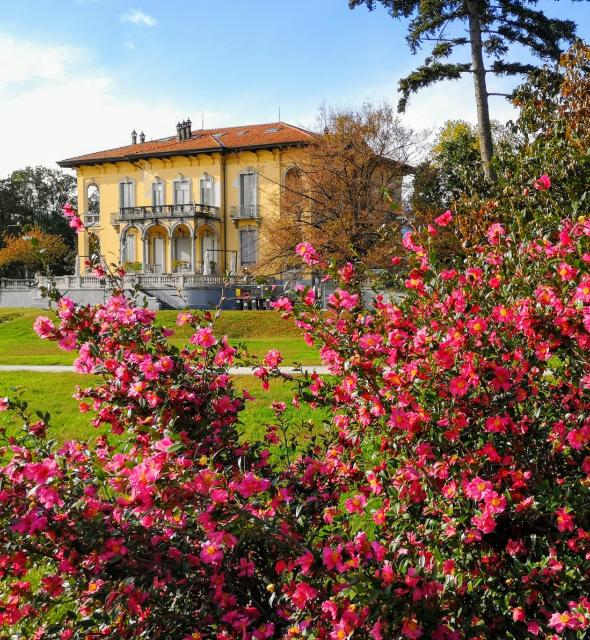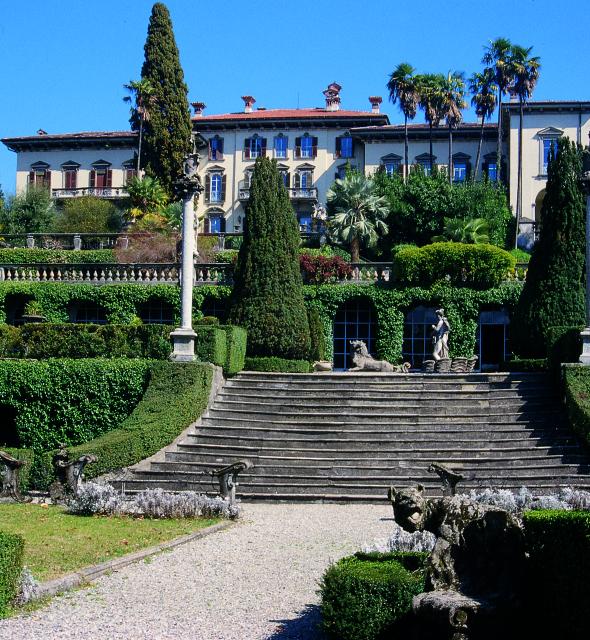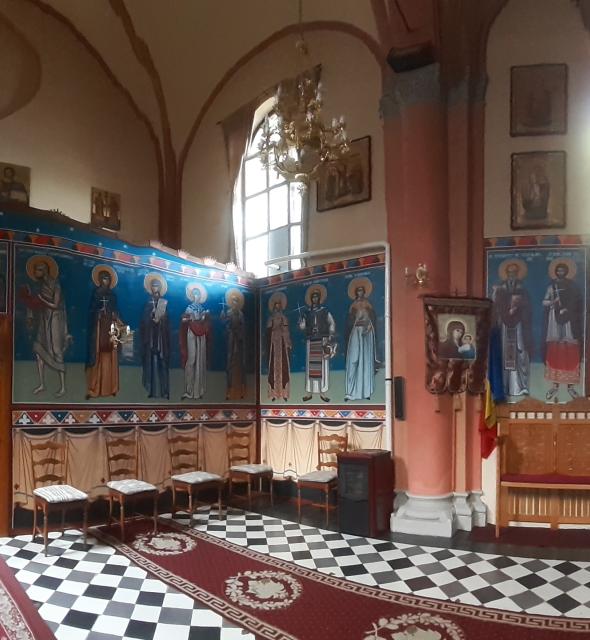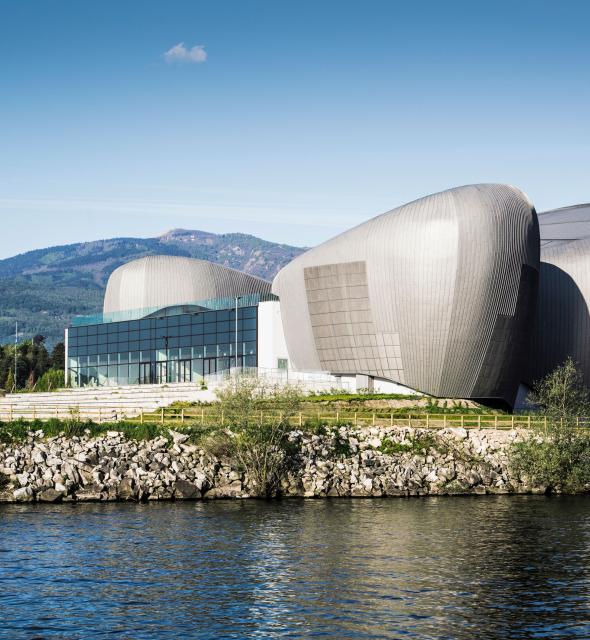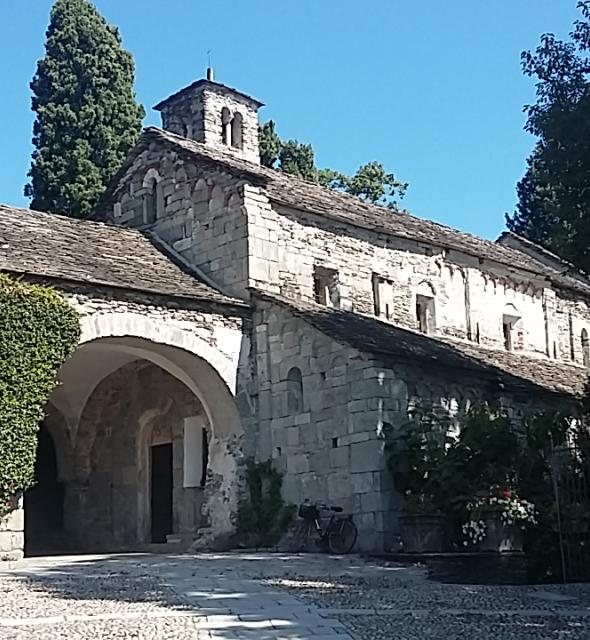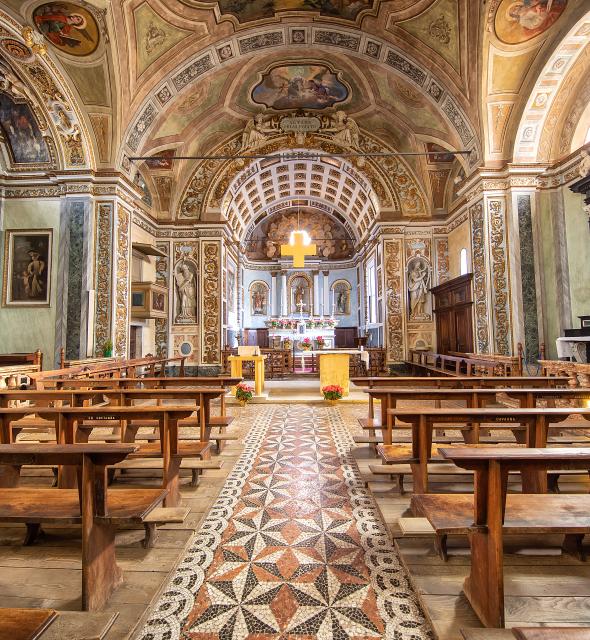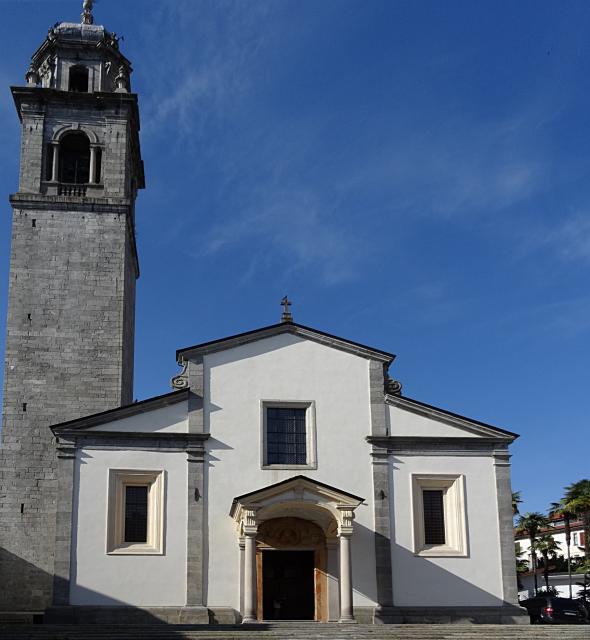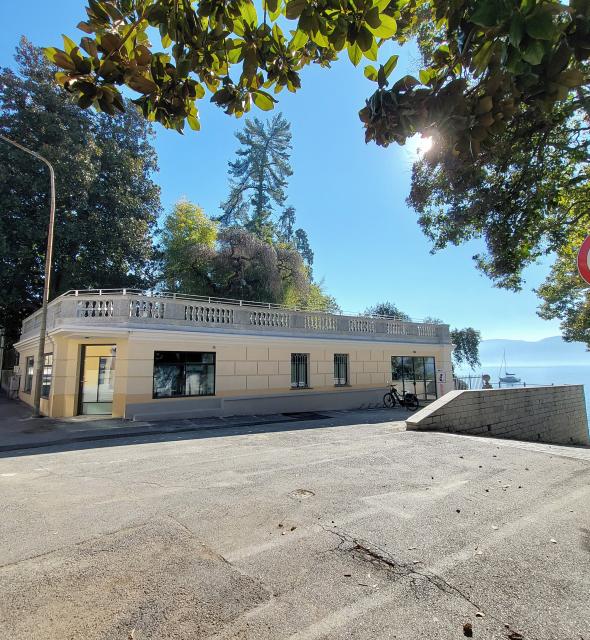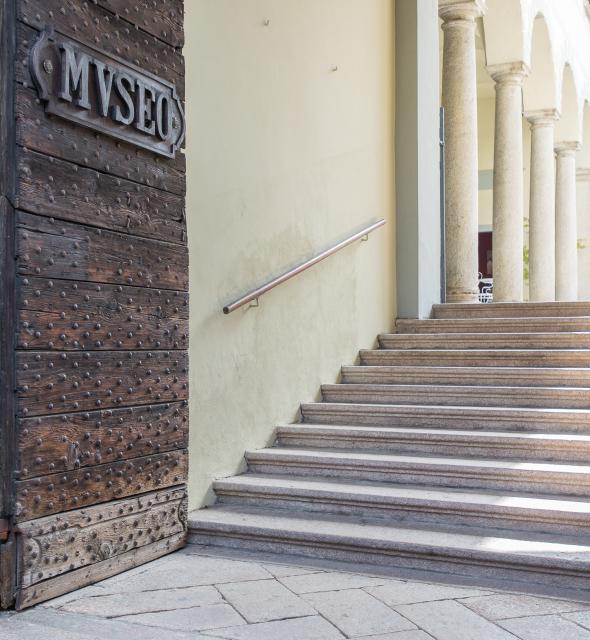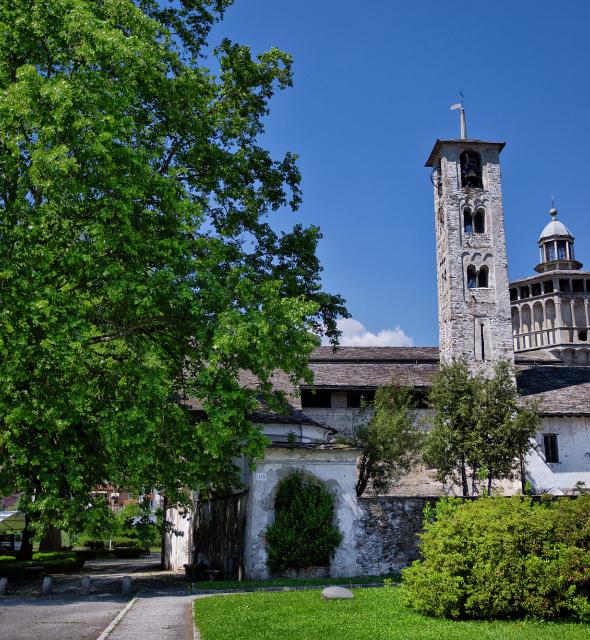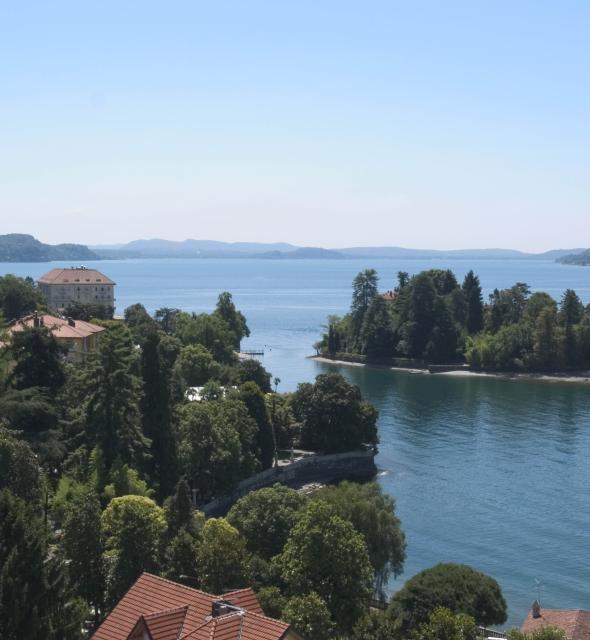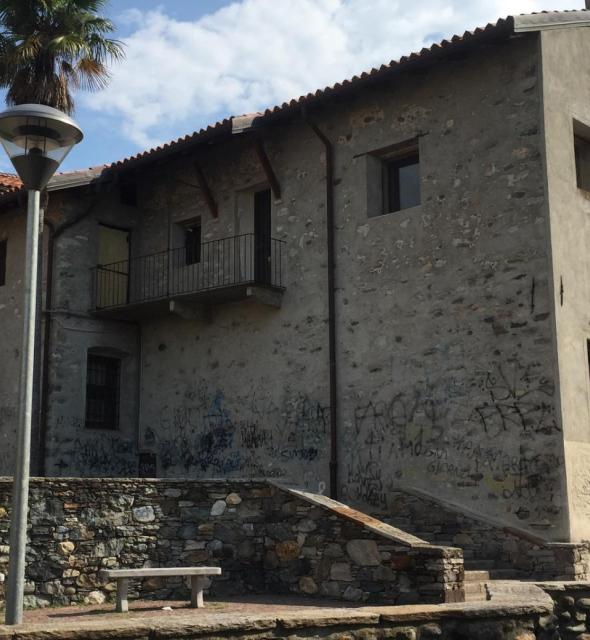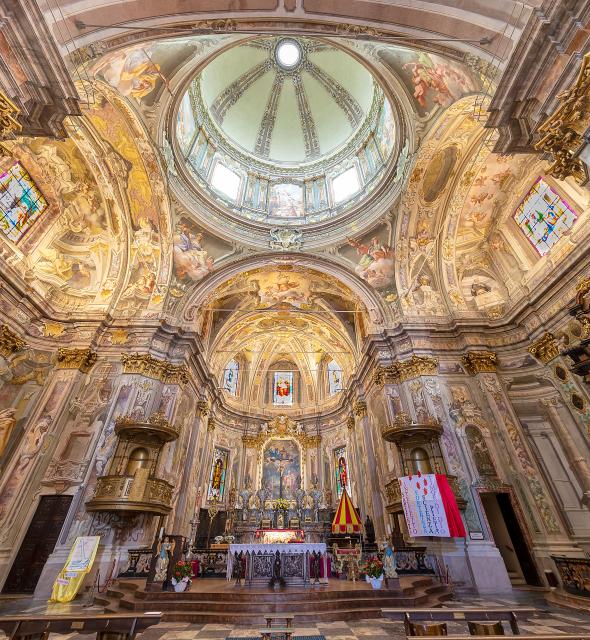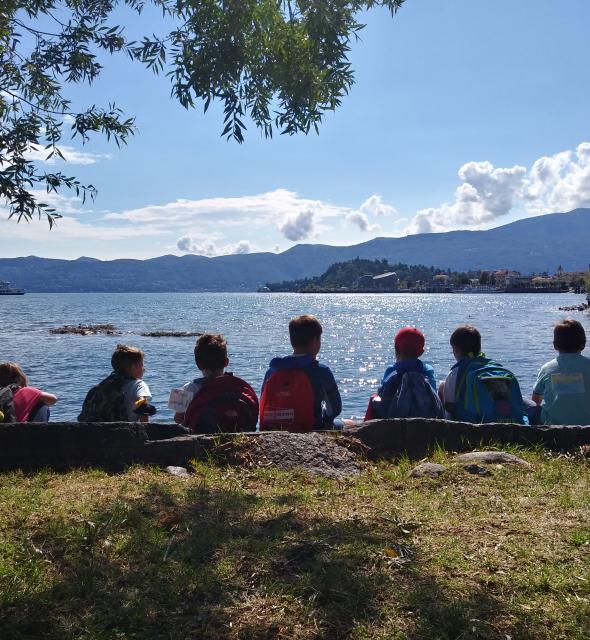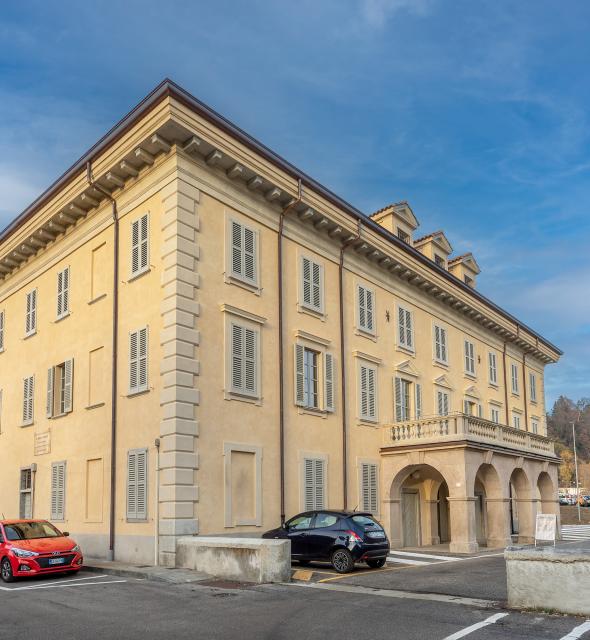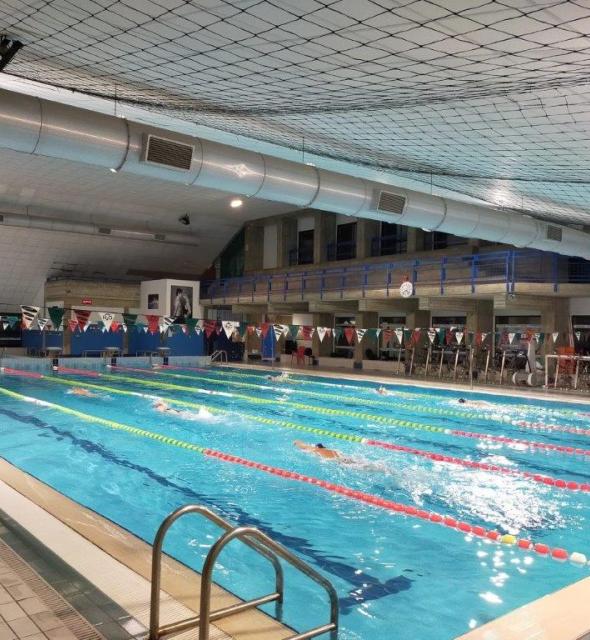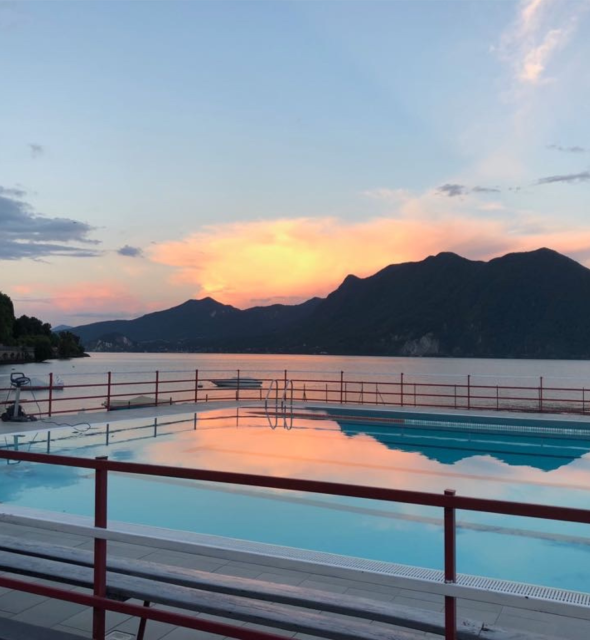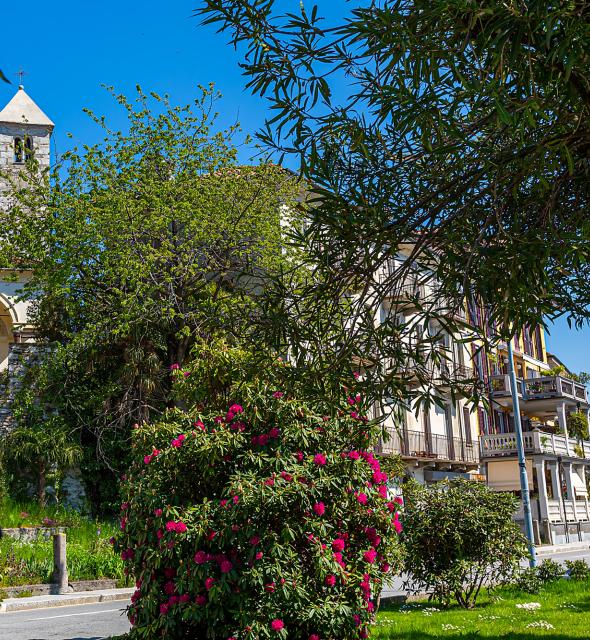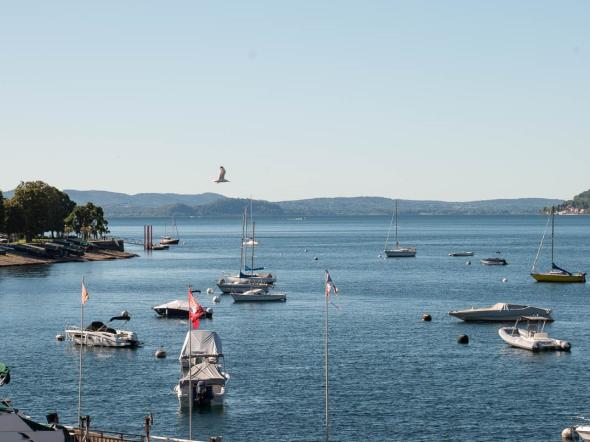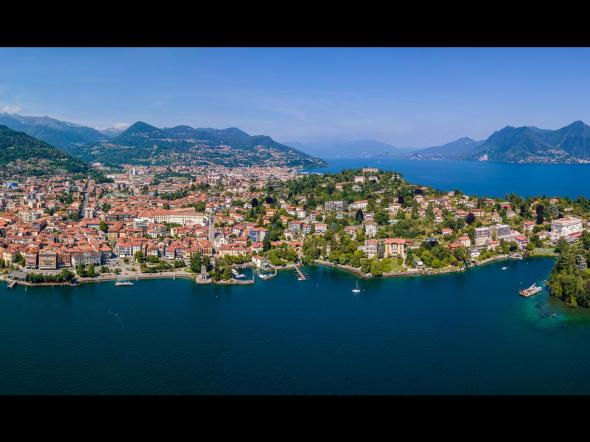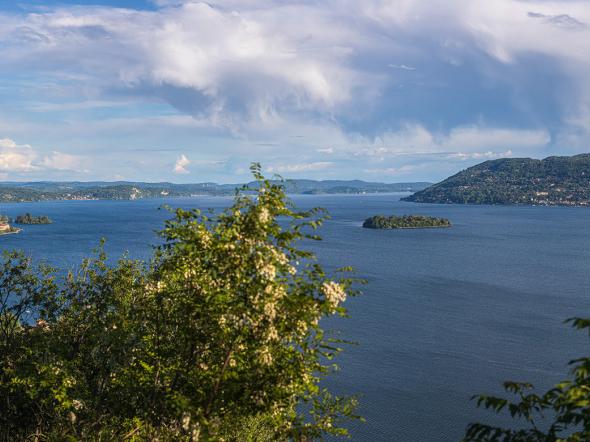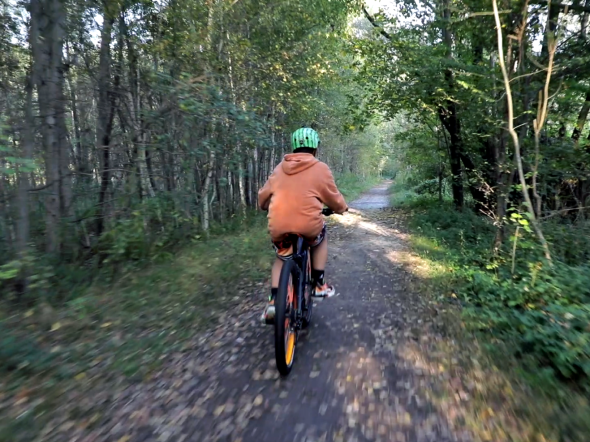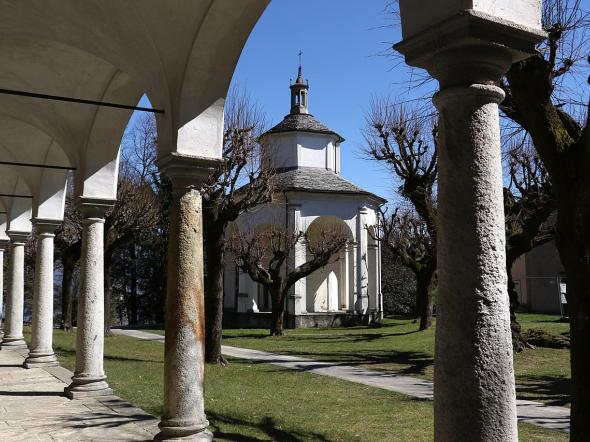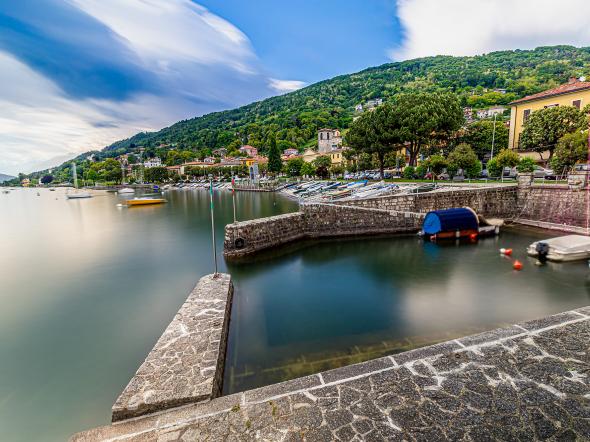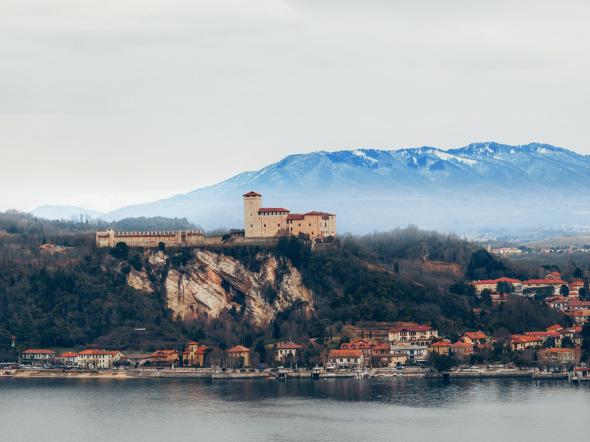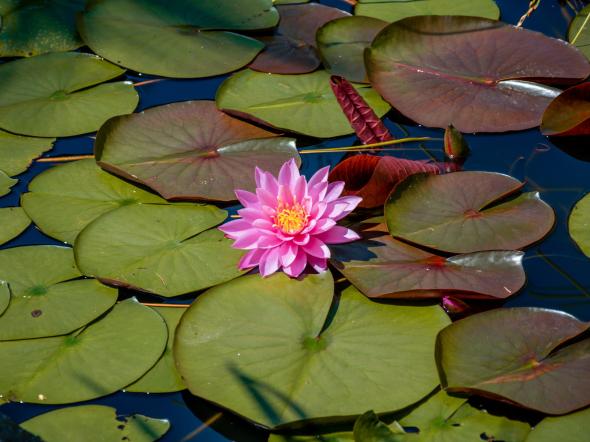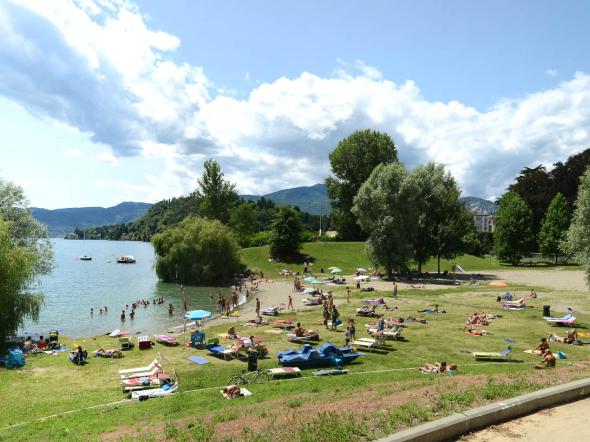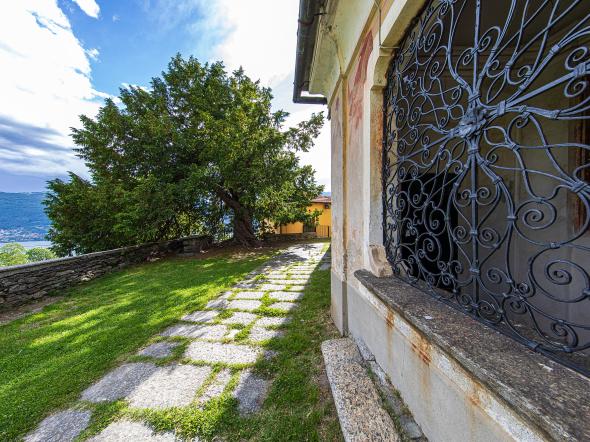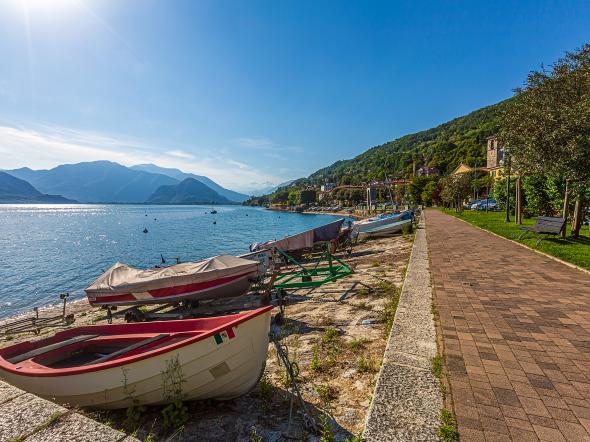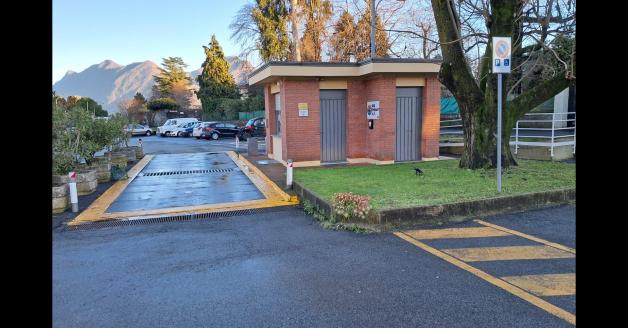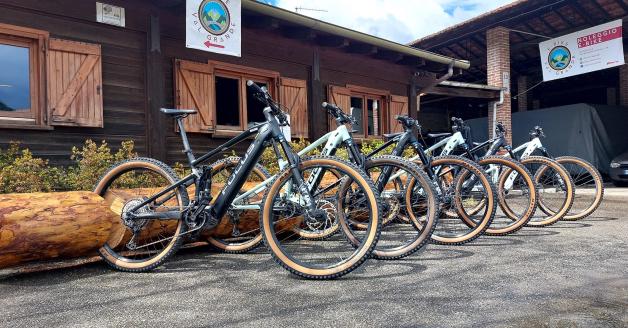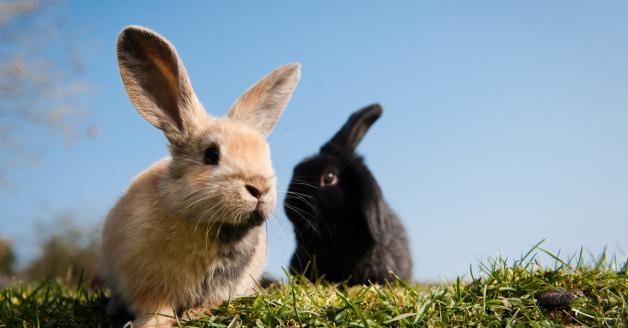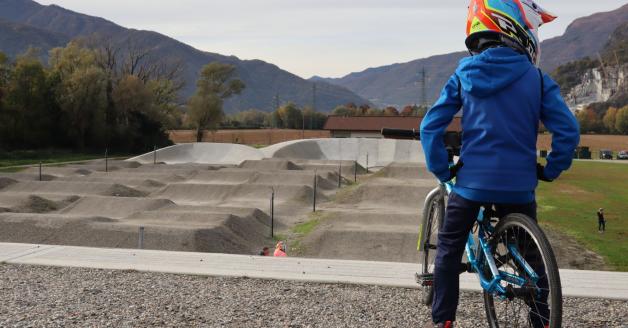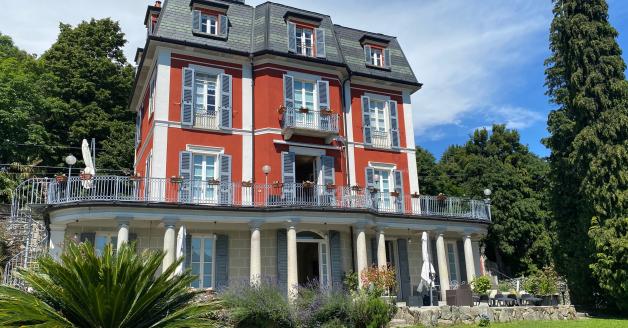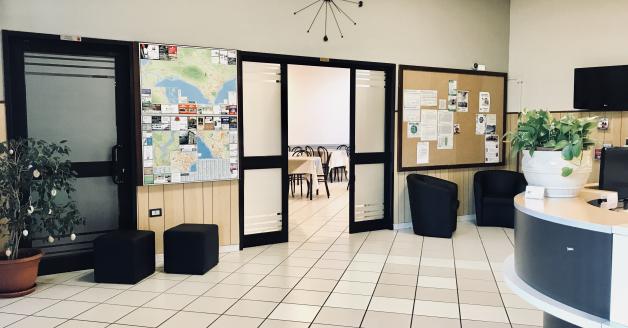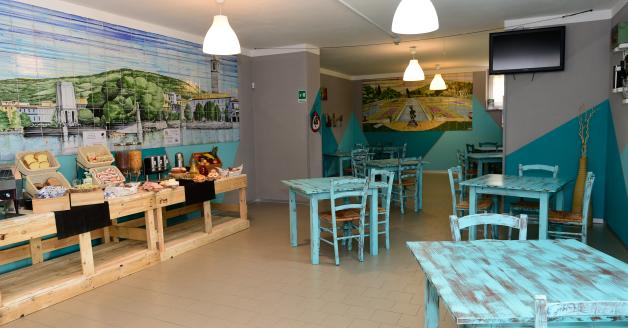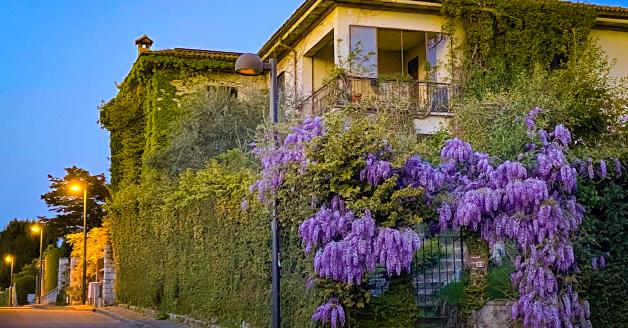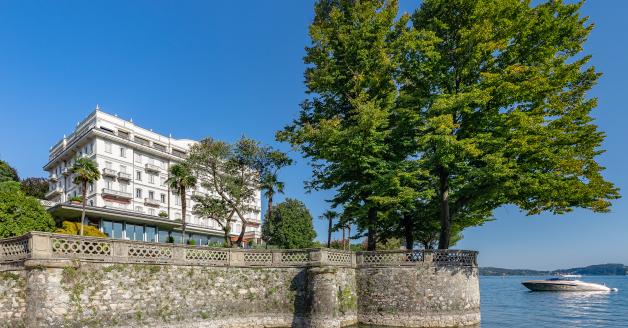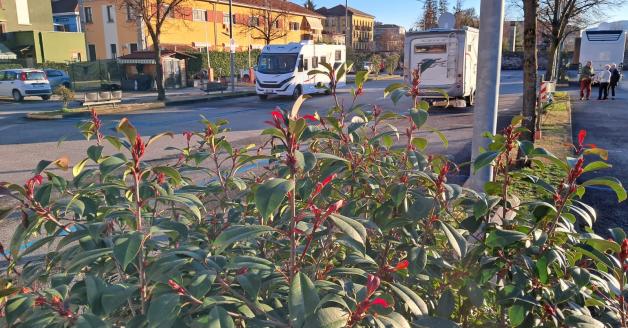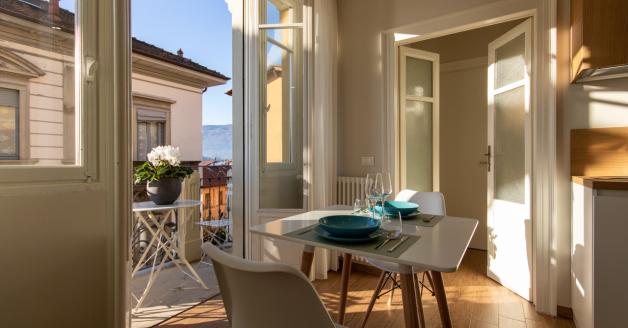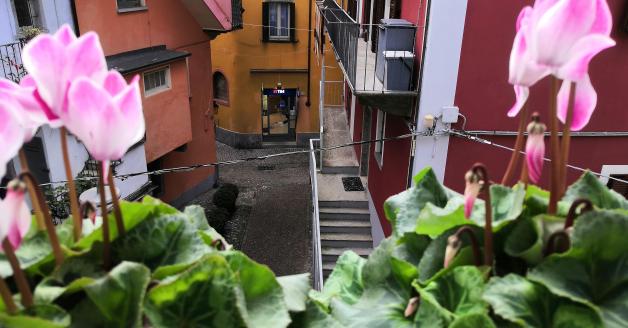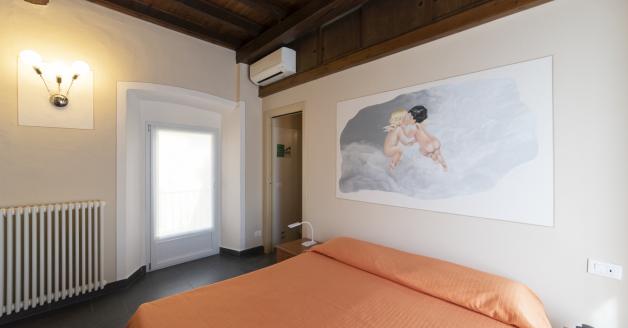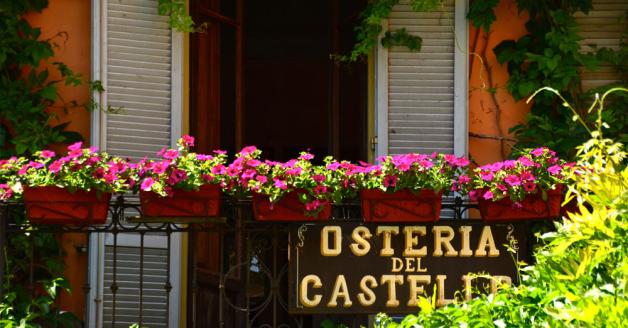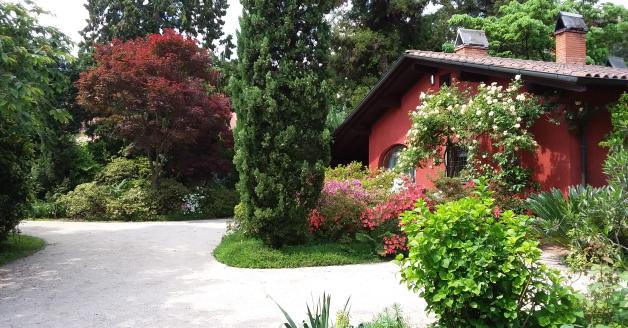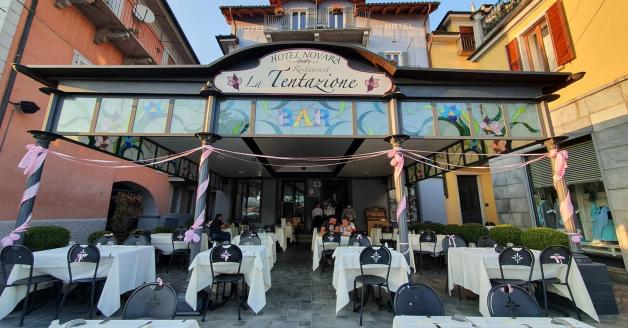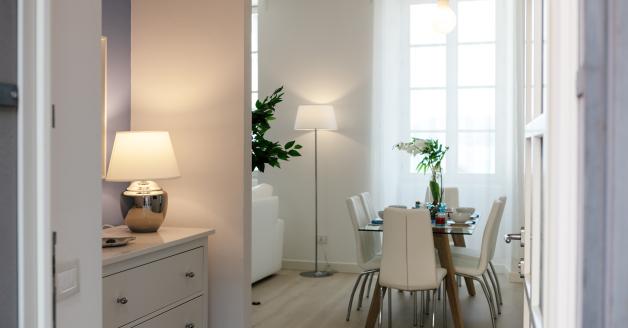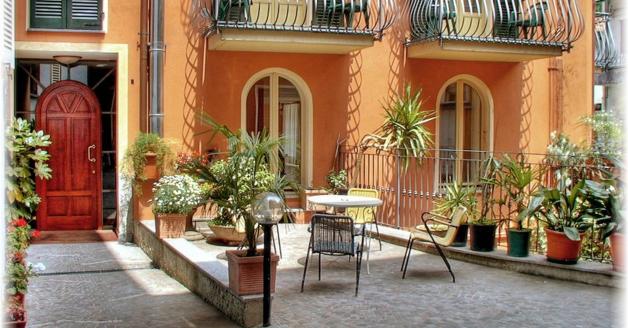Via Vittorio Veneto, 111 - Verbania Pallanza
Those who enter the gardens created by Neil Boyd Mc Eacharn on the slopes of Castagnola might well ask “What does a Scottish Sea Captain, Taranto, Lake Maggiore and ‘the most beautiful garden in the world’ have in common?". In the 1930s, the Scottish sea-captain decided to purchase circa twenty hectares of land to plan his dream garden, thus creating the splendid Botanical Gardens of Villa Taranto. Over the years their fame has grown exponentially, so much so that in 2017 the users of the Theneeds platform elected them as ‘the most beautiful gardens in the world’, surpassing, in public opinion, even those of Versailles. One last mystery remains to be explained: why was the villa named Taranto, if it is in Verbania on Lake Maggiore? Apparently, Captain Mc Eacharn wished to pay homage to one of his ancestors who had been appointed Duke of Taranto by none other than Napoleon.
Together with the botanist Henry Cocker, Mc Eacharn landscaped the slope, which benefited from a wonderful panoramic view of the lake and the mountains, and then devoted himself to sourcing seeds and plants from around the five continents. He eventually created the perfect combination of a lush and variegated English garden in harmony with geometric spaces that honour the tradition of the Italian garden. Having achieved his horticultural vision, the captain donated the gardens to the Italian State, which were then opened to the public in 1952. The institution has continued to meticulously curate the Botanical Gardens of Villa Taranto making them one of the most sought-after destinations for horticultural enthusiasts from all over the world. Circa 150,000 visitors a year arrive to admire the gardens which are included in the prestigious British Royal Horticultural Society circuit. Nowadays, the botanical patrimony of the gardens contains 1,000 non-autochonous plants plus 20,000 genera and varieties of particular botanical importance. Amongst these are some extremely rare examples such as the Victoria cruziana, native to the areas of the great South American river basins, the Metasequoia glyptostroboides, the only living representative of the Metasequoia genus, the Emmenopterys henryi, native to the temperate forests of China, and the Davidia involucrata that has continuously produced a spectacular display of flowers since 1938, the year in which it was planted.
There are also well over 30 specimens of Dicksonia Antarctica, native to the humid forests of Australia, and the Acer Palmatum Cap. Mc Eacharn, a species of maple with unmistakable coral red leaves that change colour (turning greener) during the summer season, to then return to the russet colours typical of the autumn period.
Leaving the landing stage behind and entering the villa’s gates, you will immediately come across the l’Erbario del Capitano (Capitan's Herbarium), a splendidly eclectic building that houses precious and delicate plant specimens displayed as “natural artworks”. Continuing along the entrance avenue, also known as Viale delle Conifere, you reach the Fontana dei Putti (Nymph’s fountain) wrapped, in summertime, by the gigantic leaves of the Colocasia antiquorum, also picturesquely known as “elephant ears”.
Strolling along the seven kilometres of avenues where you can admire the Giardini Terrazzati (Terraced Gardens), fountains, statues, waterfalls, ponds and meadows, you will also discover the colourful Labirinto delle Dahlie (Dalia Labyrinth), the Serra Victoria (with subtropical greenhouse plants), the Giardino Verticale (Vertical Garden), and, lastly, the Mausoleum where Captain Mc Eacharn rests in peace.
The elegant Villa set in the gardens, constructed around 1875 and subsequently extended, is currently owned by the Italian Council of Ministers and it houses the headquarters of the Prefecture of Verbano Cusio Ossola.
Before descending the path towards the exit, you might like to take a moment to relax at the Petalo Pavillon to admire the splendid view of the Giardini Terrazzati and the surrounding peaks

